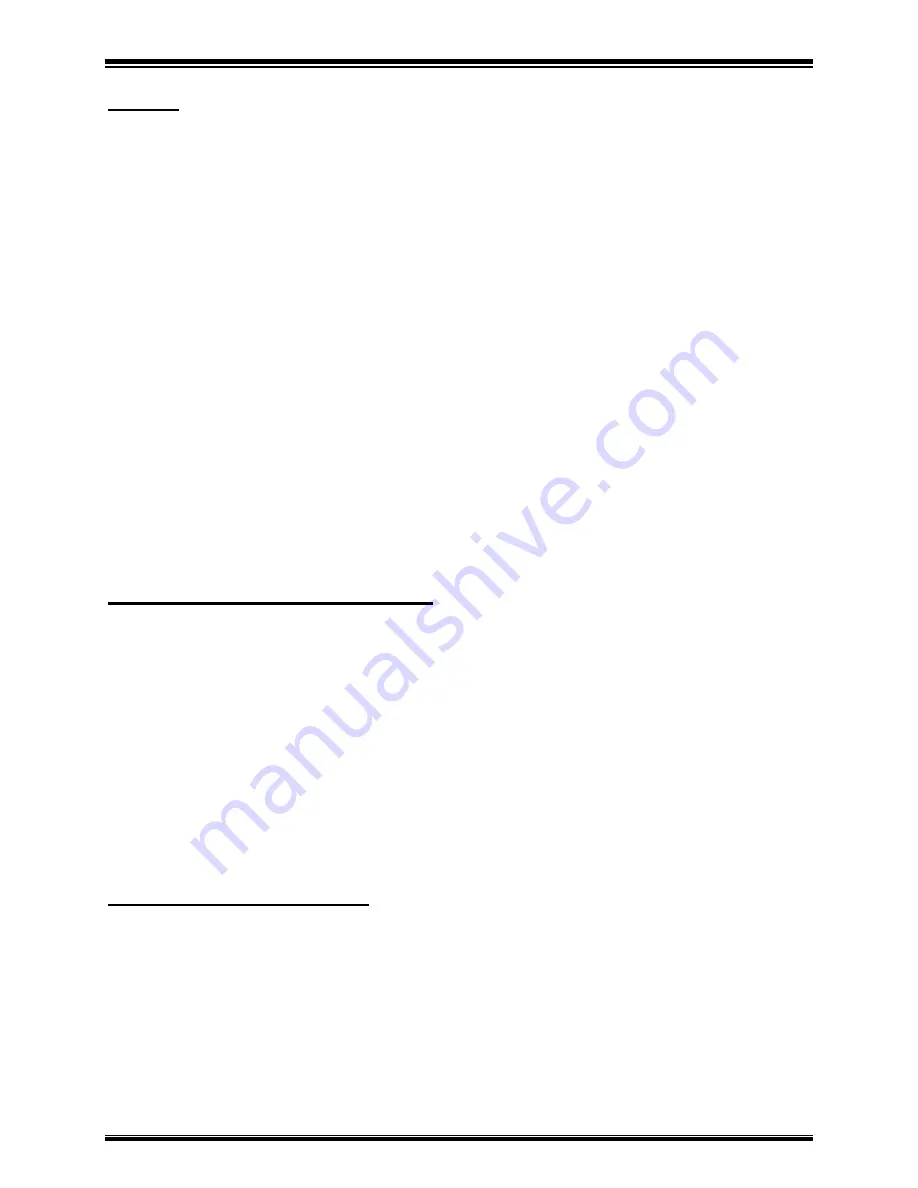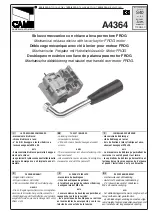
Section 3: Using the MicroBlaster
MicroBlaster MB1002
Comco Inc.
3-16
Issue Date: July 2016
Blasting
(cont’d)
8. During use, maintain a generous loop in the abrasive hose between the abrasive
pinch valve tube and the hose connection on the rear panel. A tight (small) loop may
cause rapid wear to the hose and result in premature failure.
9. During normal blasting, it is good practice to keep the powder flowing continuously.
However, under some circumstances, it may be desirable to "pump" the powder by
periodically releasing the footswitch for a few seconds. Due to the nature of the
modulating process in the mixing chamber, this procedure may cause spurts of
abrasive powder and increase the cutting rate. Normally it will only work with
relatively large nozzles, since spurts of powder may plug smaller nozzles.
10. The speed and quality of a cut can be affected by the concentration of abrasive
media in the air stream. This is adjustable using the powder flow adjustment knob
for the selected tank (on some models). Turning the knob counterclockwise
decreases the media concentration.
11. When finished blasting, you may shut down the MicroBlaster by pressing the Power
switch to “OFF”. The tank pressure will vent through the vent hose.
Note:
If the stop is only for a short period, the power may be left on. Standby power
loss is small and no damage will result to the equipment with pressure on the
system.
Stopping - Refilling the Tank
1. To shut down the MicroBlaster switch, "Power" to "Off".
2. The air in the powder tank will escape through the vent hoses.
3. The tank may be refilled as soon as the pressure drops to zero and the flapper
opens easily. Insert the funnel into the Flapper valve (see Figure 3-3) and pour in
the abrasive. Do not overfill the tank.
4. A tank 3/4 full will last 3-8 hours depending on nozzle size, pressure, and actual
running time. The capacity of the tank can be doubled or tripled with the addition of
the optional MB1090 tank extender (see Figure 12, Appendix B).
Changing the Abrasive
1.
Turn Power “OFF” and release pressure (see steps 1 and 2, above).
2. Unscrew and remove the tank cover (it is best to only work with one tank at a time).
















































